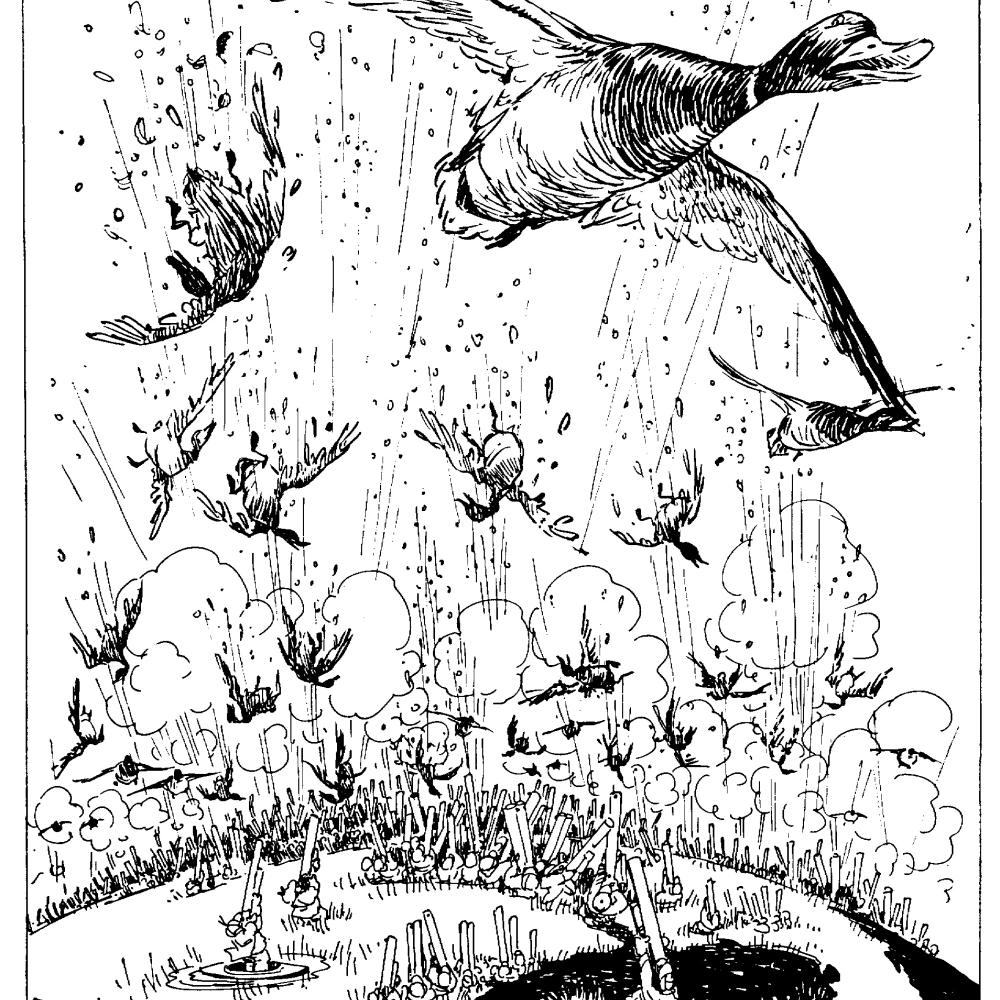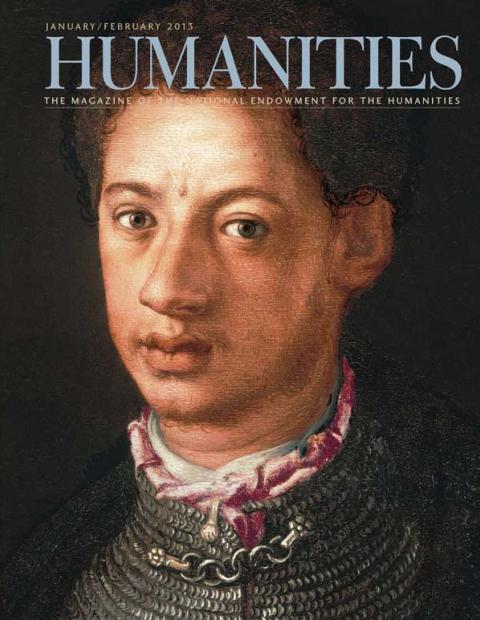Jay "Ding" Darlington was often referred to as "the best friend a duck ever had.” Although known during his lifetime as a nationally syndicated editorial cartoonist for the Des Moines Register—producing more than 15,000 cartoons over fifty years—Darling’s most lasting contribution is as a pioneering and energetic conservationist.
“There is no single figure who did as much to protect wildlife in the 1930s as Ding Darling,” says Mark Madison, historian for the U.S. Fish and Wildlife Service. “During his years as head of the Biological Survey, he transformed the National Wildlife Refuge System, creating a new funding base, getting thousands of Civilian Conservation Corps boys to work on the refuges, creating a whole series of new refuges along the nation’s migratory flyways.”
A documentary film supported by Humanities Iowa, America’s Darling: The Story of Jay N. “Ding” Darling, produced by Samuel Koltinsky, chronicles Darling’s path from an Iowa farm boy to two-time Pulitzer Prize-winning newspaper cartoonist to the “father ” of the U.S. Fish and Wildlife Service. The film is narrated by Darling’s great-great grandson, Chris Steffen, and will be screened as part of the Beloit International Film Festival, Feb. 14–17.
Darling was born in Norwood, Michigan, in 1876, but spent most of his early years in Sioux City, a Missouri River town offering access to the unspoiled prairies of Nebraska and South Dakota, where he hunted, fished, and learned to appreciate the untrammeled wilderness. Darling later said, “Those were the days when the golden plover came in great flocks and moved across South Dakota. From early spring until the prairie chicken sought cover in the fall . . . my mind has been filled with pictures which have never been erased.” Often, Darling brought along a sketchbook to capture the beauty of his surroundings.
Intent on becoming a doctor, Darling studied pre-medicine at Beloit College in Wisconsin. He was temporarily suspended for low grades and for sketching the college’s president and all-male faculty in tutus, dancing in a chorus line. It was then that he became known as “Ding,” using a contraction of his last name as a pseudonym to escape detection.
After graduating college in 1900, Darling became a cub reporter for the Sioux City Journal to earn money for medical school. Assigned to photograph a prominent courtroom attorney, Darling was chased by the angry lawyer who was poised to attack Darling with his cane. Not getting the photograph, and not wanting to fail at his first assignment, Darling retreated to his sketchpad and drew a picture of the lawyer with his menacing cane. The cartoon was printed and became widely popular. And so began Darling’s career as an illustrator and editorial cartoonist.
In 1913, Darling was hired by the Des Moines Register and Leader at double his Journal salary. He began peppering his cartoons with conservation issues. Madison says, “The issues he was concerned about—endangered species, human destruction of wildlife, protecting marshes, prairies, wetlands—all these areas that are very vulnerable in the Midwest. His images really convey the conservation message.” Darling became more involved in conservation movements, such as the State of Iowa Fish and Game Commission.
By 1934, waterfowl numbers had reached their lowest levels in North America. The Dust Bowl dried up many of the prairie potholes where ducks bred and fed. President Franklin Roosevelt formed a special “Duck Committee,” which included Darling, to address the issue. Roosevelt then hired Darling to take over the U.S. Bureau of Biological Survey, the forerunner to today ’s U.S. Fish and Wildlife Service. During his short tenure, just twenty months, Darling reorganized the agency, wheedled $6 million out of Congress to fund forty additional wildlife refuges, and launched the Federal Duck Stamp Program for which he sketched the first image. “When Darling drew the first Duck Stamp in 1934, it raised $600,000 to acquire critical wetland habitats,” says Madison. “Since then, over $750 million has been raised and more than six million acres of wetlands have been purchased for wildlife.”
After resigning from the agency, he returned to the Des Moines Register, where he won a second Pulitzer Prize for his cartoons (his first was in 1924), and began spending winters on Captiva Island, Florida, where his days were filled with draw- ing and bird-watching. In 1945, he lobbied President Truman to create the Sanibel National Wildlife Refuge. “The refuge consists of more than 6,400 acres of mangrove forest, submerged seagrass beds, cordgrass marshes, and West Indian hardwood ham- mocks,” says Madison. In 1967, the refuge was renamed the J. N. “Ding” Darling National Wildlife Refuge.


